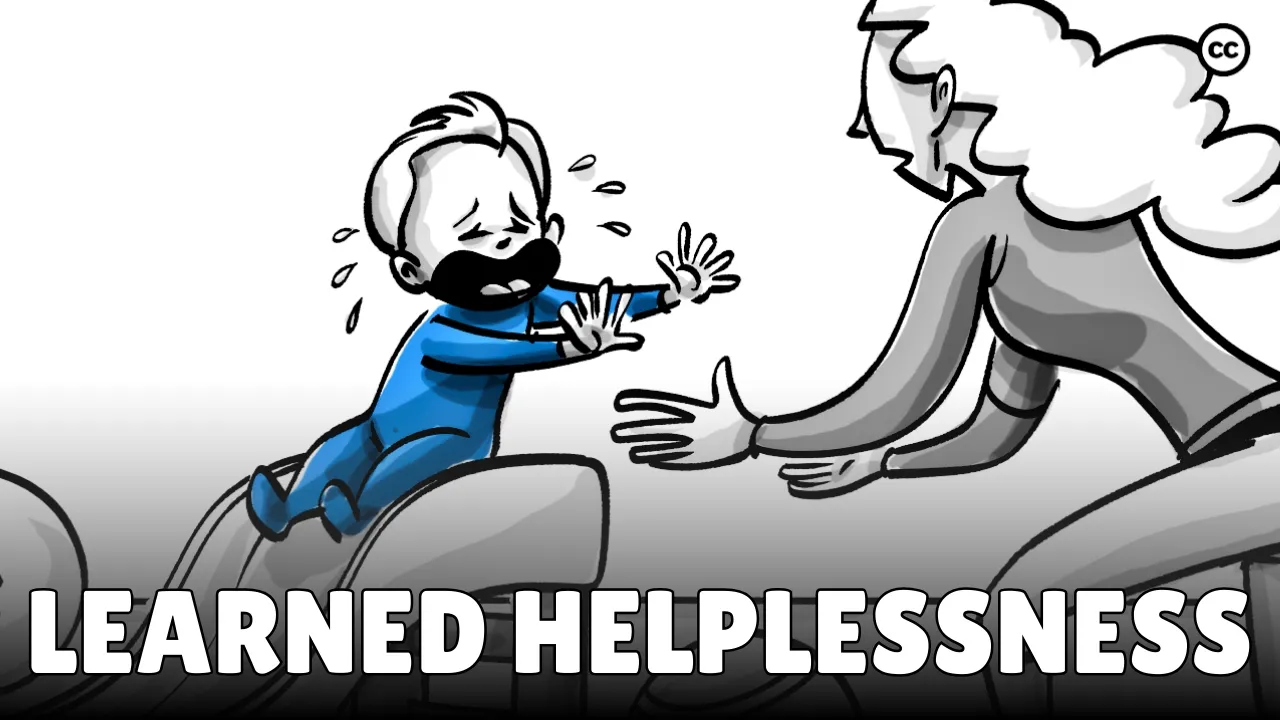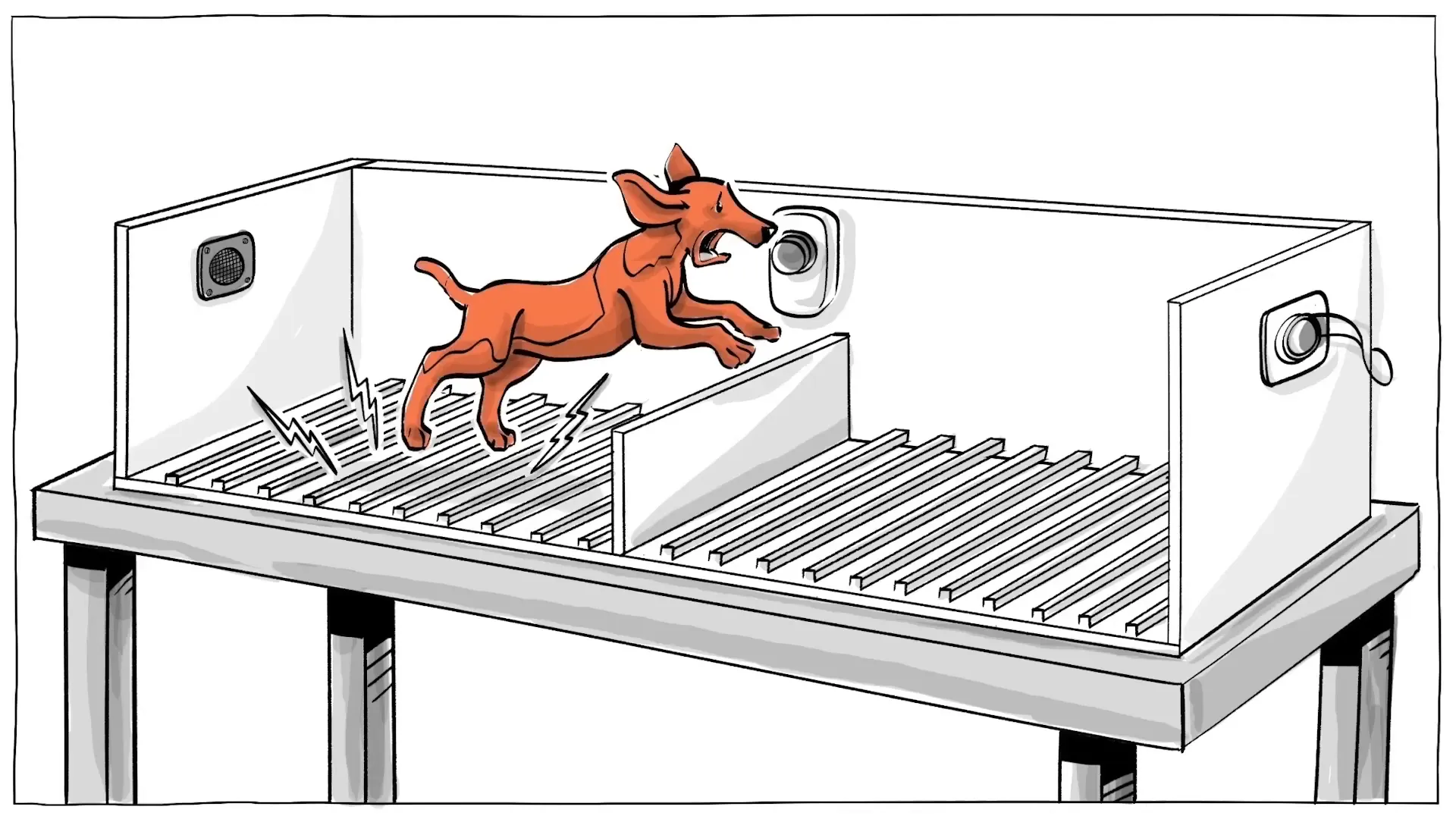Jan 4, 2025
Understanding Learned Helplessness

Introduction
Learned helplessness is a psychological condition where individuals feel unable to change their circumstances, often leading to a lack of motivation and a sense of powerlessness. This phenomenon can manifest due to various factors, particularly in childhood, where parental involvement plays a crucial role. Parents who either neglect their children or are overly involved can inadvertently teach their children that they cannot control their lives or change their environment.
Martin Seligman & Steven F. Maier
The concept of learned helplessness was first explored by psychologists Martin Seligman and Steven F. Maier in the 1960s. They conducted a groundbreaking experiment with dogs to illustrate how learned helplessness develops. The experiment involved three groups of dogs, each subjected to different conditions.
The experiment
The first group of dogs served as the control group. They were caged and made to wait before being released. The second group was also caged but received electric shocks from below. When these dogs pressed a button, the shocks stopped, teaching them that they could control their pain. The third group, however, was exposed to shocks without any means of stopping them.
After conditioning, all three groups were placed in a box that delivered shocks on one side but not the other. The first and second groups quickly learned to avoid the shocks by jumping over a wall that separated the two sides. In contrast, the third group made no attempts to escape. They had developed a cognitive expectation that they could not avoid the pain, leading to the conclusion that they had learned helplessness.

Conclusion
Learned helplessness can have profound effects, not just on dogs but also on children and adults. It is essential to recognize how our upbringing and experiences shape our beliefs about control and agency in our lives.
The story of Joe
To illustrate the impact of learned helplessness, consider the story of Joe. As a child, Joe was placed in a walker to prevent him from hurting himself, which led him to learn that the world was a dangerous place. His father occasionally advised him to toughen up, but without a consistent role model, Joe struggled to meet these expectations and began to feel inferior.
As he grew, Joe's mother often intervened whenever he faced challenges, leading him to believe that he couldn't help himself. This internalization of helplessness manifested in his decision-making; he always sought his mother's advice, resenting her for not allowing him to become more independent.

What do you think?
How can we help those who feel trapped in their circumstances? How can we encourage them to see a path out of their toxic situations? Reflecting on these questions can lead to meaningful discussions about overcoming learned helplessness and building resilience.
This article was created from the video Learned Helplessness with the help of AI. It was reviewed and edited by a human.



